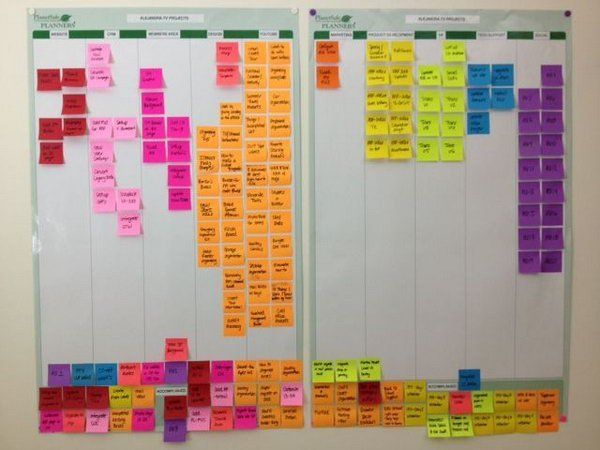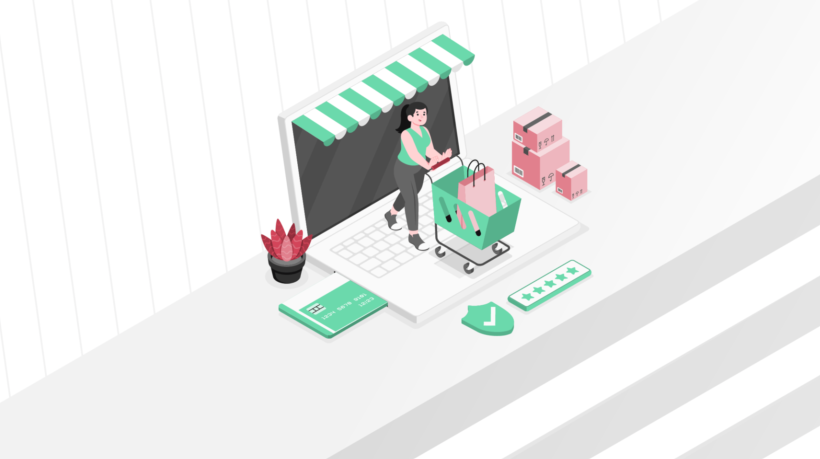How Digital Learning Is Affecting Retail Businesses
I don’t need to tell you that the retail landscape has changed dramatically in recent years.
Whilst online retailers, such as Amazon and ASOS, have been huge winners online, many traditional retailers have struggled to find their place in the modern world – and a large number of those have been lost from the high street, for good. In the UK 5,855 outlets closed in 2017, with 1,772 shops disappearing all together. The US, too, is expecting a record year for retail space closing.
From a distance, it may seem that the answer is to transform into an online business, but that would be an oversimplification of the problem.
Retailers still recognise the huge value in offering a physical shopping experience, and – from my experience at Disney – we never spoke about digital replacing physical experiences but how they would continue to merge to create unique and memorable experiences.
But what Amazon and ASOS do so spectacularly well is they understand the customer-journey, and create frictionless customer-experiences.
Designers can help with this. Engineers can help. Senior Leadership play a big part. But that all means nothing if you have people ill-equipped to offer outstanding frictionless experiences in store – and I won’t need to tell any L&D professional in retail this.
I can, however, help to address some of the frustrations that L&D feel in relation to the lack of investment, infrastructure, and commitment to L&D activities by sharing a digital approach that doesn’t just make current initiatives better but takes individual performance to the next level and provides L&D with levers that can be pulled and tweaked without overhauls, heavy investment of time, money and effort. After all, digital technology is meant to make our lives easier, things faster to achieve, cheaper, and (most importantly)… BETTER, isn’t it?
How Digital Learning Will Revolutionise Your L&D And Your Organisation’s Retail Experience
First of all, we have to stop thinking about what we, in L&D, deliver and start thinking about the work, the employee, what they need – and when!
Let’s put our initiatives to one side. Park the induction. Park the sales training course. Park the management training. And instead, think about the person. One person at a time – and their journey.
L&D are very keen to tell and show people what they need to do in courses and eLearning, with mixed levels of engagement. But there is far more powerful employee motivation to tap into than their willingness to learn. When there is genuine friction being experienced, workers are open to information, know-how, and insights – and this is the opportunity for L&D to influence the way people operate.
The big switch to make is from ‘I need you to learn this’ to ‘this will help you in what you’re trying to do.’
Start At The Beginning
Everybody has a first day, and there are things that new starters would like before they join: having their anxiety alleviated and answers to the questions their friends and family are asking them, for starters. But don’t take my word for it. Ask 5 recent new starters what they would have liked before they joined your company, and what that would have done for them. The information you gain from them begins your customer’s journey.
This journey won’t be the same for everybody. First-jobbers will have different needs to first-line managers, so talk to representatives of your biggest groups. Not everybody. Solve your big priorities first – and with this approach, you’ll have lots more time to get to everybody else later.
Whilst you have them with you, ask your 5 recent new starters what helped them to get started, and what else they would have liked to address the friction they experienced: From their first day; to learning the job; to understanding where to find things; to understanding where they fit into the company; what to say to customers; and whatever was most important to them.
Whilst induction seems like easy-pickings, it can be the most crucial part of any employee journey. Mess this up, or miss important steps, and the organisation will be trying to rectify it, perhaps, for the rest of the time a person is with them because nobody starts a new job and thinks “I want to be as rubbish as I can be in this job.” People want to do well. We all want to achieve something and improve our chances in life – and work can help us with so much of this. And that’s if they stay!
Retail has notoriously high employee turnover rates, and so the cost of hiring then training, on a continuous loop, will add up. Digital has got to help both smooth the training process and engage workers far beyond the current reality…
Creating Your Customer Journey
After your conversations with recent new starters, you will have an understanding of the friction experienced and a list of things that people want before and as they start in their roles – and it can be helpful to populate a wall with these individual points on post-it notes. Segment these with timings, based on when people said they would have wanted this information, know-how or insights.
The image below shows different segmentations for different stages because it’s neither effective nor necessary to tell people everything they need on Day One.
 NB: Don’t worry that you can’t read what’s on the post-it notes in this image. What’s more important is that you capture what your people need, when they need it.
NB: Don’t worry that you can’t read what’s on the post-it notes in this image. What’s more important is that you capture what your people need, when they need it.
Digital Resources And Automated Campaigns
This is the part now that will revolutionise your organisation’s L&D – and all you need to do is answer each question asked; provide the information; articulate the know-how, and gain the insight. Think of it like an expert colleague answering questions, guiding situations, and providing insights to overcome challenges that are unique to your company – or store! You will be scaling contextually relevant expertise for those micro-moments of need.
You can quickly and easily do all of this in the form of digital resources, that can not only be ‘pulled’ at moments of need but also be smartly surfaced to employees at the times requested by those you spoke with.
Resources are rich in context, relevant to what employees are trying to do – or accomplish – and built upon real expertise from your organisation. And rather than relying on ‘learning’ before applying, they focus on guiding behaviour so the learning occurs from trying – from doing – which is how we all really learn, anyway.
Modern digital tools mean you can create resources in minutes and share them instantly to plug performance and capability gaps. But that’s not all…
Smart Resources For Smarter People
Once you have your resources, you can put them on autopilot, to be received when they are needed. Smart analytics can show you who, when, and how resources are being engaged with, so you can tweak both content and timings for optimum engagement. Catch people early enough on their journey, and you create real continuous learning experiences that match employee motivation with company requirements and truly influence how people think and learn about their role.
And it’s not all about induction. Due to common limitations of L&D’s resources (money, time, and people), we often offer ‘core skills development’ later down the line. But not anymore. With this approach, once you’ve fixed onboarding and induction, you simply continue the conversation with your clients with what else they need – and when.
Whether it be Customer Experience; Advanced Selling Techniques; Commercial Awareness; Career Μanagement; or steps towards Supervising, this journey – their journey – can be frictionless and continue at the pace required for them to assimilate, master, grow, and progress. And all you need to do is get your post-it notes out again, ask some questions, and create a few more resources. Put these on autopilot too.
Creating a frictionless employee experience using ‘digital resources’ will also free you up to run only high-value face-to-face events focused on helping your customer experience staff overcome their real-life challenges and achieve their career goals by growing their skills and their prospects.
No more waiting to be trained or over-reliance on learning retention and recall. Just expert know-how baked into the employee journey… frictionless, end-to-end.









